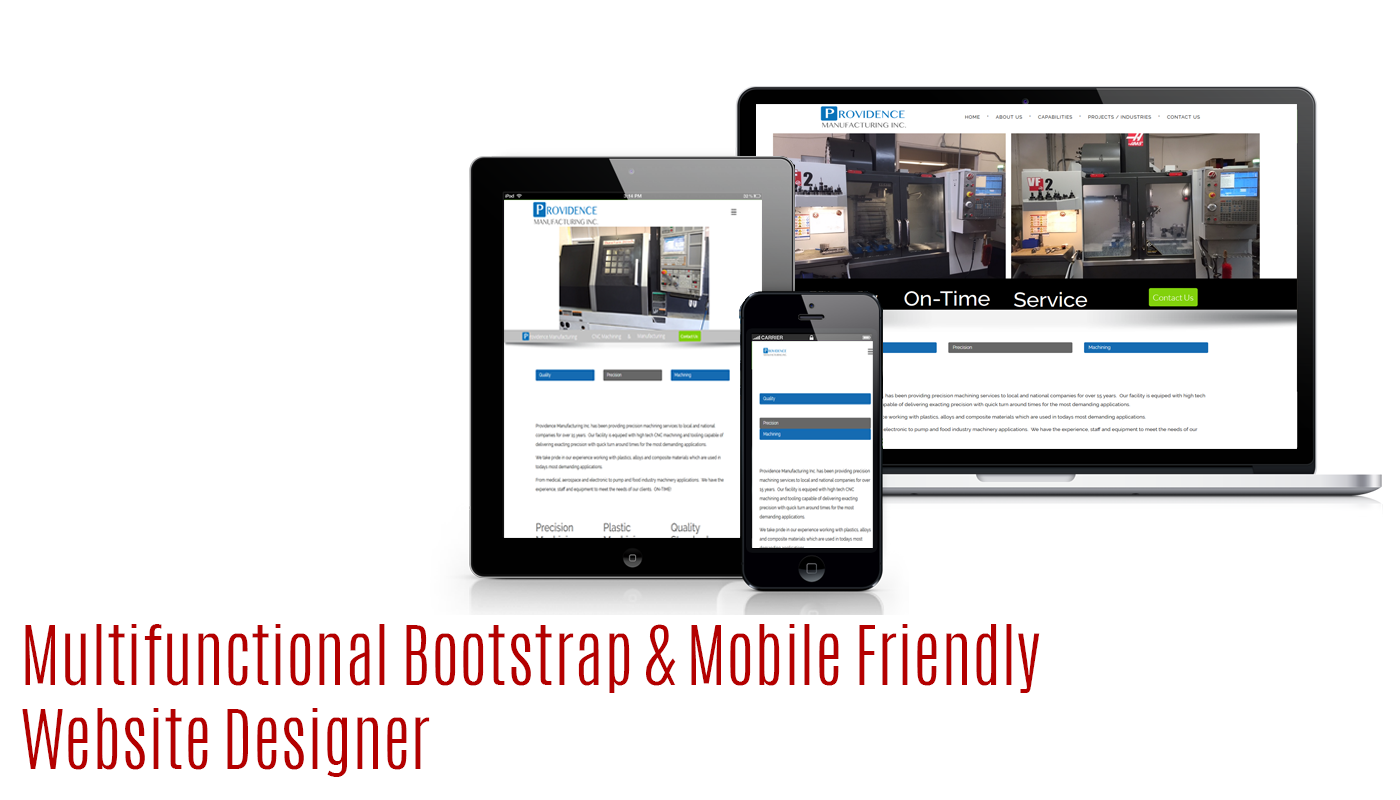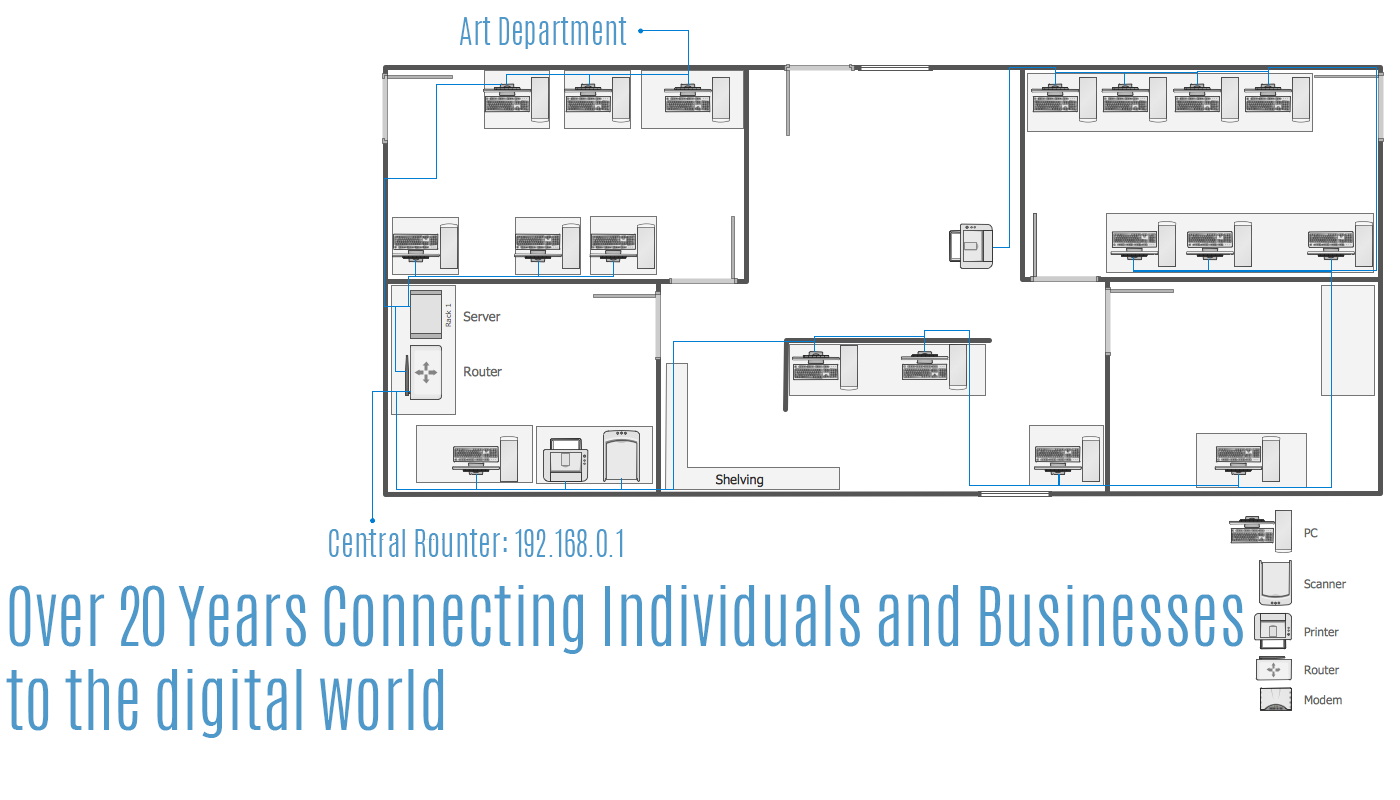In today’s digital age, a company’s website often serves as the primary point of contact between the business and its customers. A well-designed, functional, and visually appealing website can significantly enhance a business’s online presence, drive customer engagement, and ultimately boost revenue. A great website redesign goes beyond mere aesthetics; it encompasses a strategic overhaul that aligns with the business’s goals, improves user experience, and leverages the latest technologies to stay competitive in the ever-evolving digital landscape. This comprehensive approach can yield numerous benefits, making a website redesign a crucial investment for businesses aiming to thrive in the online arena.
One of the primary advantages of a great website redesign is the enhancement of user experience (UX). In an era where attention spans are short and competition is fierce, providing a seamless and enjoyable user experience is paramount. A redesign offers the opportunity to streamline navigation, improve site structure, and ensure that visitors can easily find the information they seek. Intuitive design elements, such as clear calls-to-action, logical menus, and consistent layouts, guide users through the website, reducing bounce rates and increasing the likelihood of conversions. Additionally, a responsive design that adapts to various devices and screen sizes ensures that users have a consistent and positive experience, regardless of how they access the site. This adaptability is crucial, as a significant portion of web traffic now comes from mobile devices. By prioritizing UX in a redesign, businesses can foster customer satisfaction, encourage repeat visits, and build a loyal user base.
Aesthetics play a vital role in a website’s success, and a great redesign can significantly enhance a business’s visual appeal. Outdated or unappealing designs can deter potential customers and harm a brand’s reputation. A modern, visually striking website, on the other hand, can captivate visitors and leave a lasting impression. By incorporating contemporary design trends, high-quality images, and cohesive branding elements, a redesign can make a website more engaging and memorable. Furthermore, a well-designed site can convey professionalism and credibility, instilling trust in visitors and making them more likely to engage with the business. In essence, a visually appealing website is not just about looking good; it’s about creating a positive perception of the brand and encouraging users to explore further.
Performance is another critical aspect that a great website redesign can address. Slow-loading pages, broken links, and other technical issues can frustrate users and negatively impact search engine rankings. A redesign provides an opportunity to optimize the website’s performance, ensuring faster load times, smoother functionality, and minimal downtime. By leveraging modern technologies and best practices, such as efficient coding, image optimization, and content delivery networks (CDNs), businesses can create a website that performs seamlessly under various conditions. This focus on performance not only enhances user experience but also improves search engine optimization (SEO), making the site more visible to potential customers. In today’s competitive online landscape, a fast, reliable, and well-performing website is essential for attracting and retaining users.
Search engine optimization (SEO) is a crucial component of any successful website, and a great redesign can significantly boost a business’s SEO efforts. By incorporating the latest SEO best practices, such as keyword-rich content, meta tags, and structured data, a redesigned website can improve its search engine rankings and drive more organic traffic. Additionally, a redesign offers the opportunity to create high-quality, valuable content that resonates with the target audience and establishes the business as an authority in its industry. This content can take various forms, including blog posts, articles, infographics, and videos, all of which can enhance the website’s SEO and provide value to users. Furthermore, a redesign can improve the website’s internal linking structure, making it easier for search engines to crawl and index the site. By prioritizing SEO in a redesign, businesses can increase their online visibility, attract more qualified leads, and ultimately drive more sales.
A great website redesign can also enhance a business’s e-commerce capabilities, making it easier for customers to make purchases and increasing revenue. By incorporating user-friendly shopping carts, secure payment gateways, and streamlined checkout processes, a redesigned website can reduce cart abandonment rates and encourage more conversions. Additionally, a redesign can integrate advanced e-commerce features, such as personalized product recommendations, customer reviews, and loyalty programs, all of which can enhance the shopping experience and drive repeat business. Furthermore, a well-designed e-commerce site can provide valuable insights into customer behavior, allowing businesses to make data-driven decisions and optimize their sales strategies. By leveraging the latest e-commerce technologies and best practices, a redesign can transform a business’s online sales channels and unlock new revenue streams.
In today’s data-driven world, analytics and insights are invaluable for understanding customer behavior and making informed business decisions. A great website redesign can integrate advanced analytics tools, providing businesses with a wealth of data on user interactions, preferences, and trends. By tracking key metrics, such as bounce rates, time on page, and conversion rates, businesses can gain a deeper understanding of their audience and identify areas for improvement. This data can inform future redesigns, marketing strategies, and product development, ensuring that the website continues to evolve and meet the needs of its users. Additionally, a redesign can incorporate A/B testing and user feedback mechanisms, allowing businesses to experiment with different designs, features, and content to optimize performance. By leveraging data and insights, a redesign can help businesses stay agile, responsive, and competitive in the ever-changing digital landscape.
Accessibility is an often-overlooked aspect of website design, but it is crucial for ensuring that all users, regardless of their abilities, can access and navigate the site. A great website redesign can prioritize accessibility, making the site more inclusive and user-friendly for a broader audience. By adhering to Web Content Accessibility Guidelines (WCAG), a redesigned website can incorporate features such as alt text for images, keyboard navigation, and adjustable font sizes, all of which enhance accessibility. Additionally, a redesign can improve the site’s readability, using clear, concise language and a logical structure that makes it easier for users to understand and engage with the content. By prioritizing accessibility, businesses can expand their reach, improve user satisfaction, and demonstrate their commitment to exclusivity and social responsibility.
Security is a paramount concern for businesses and their customers, and a great website redesign can enhance a site’s security measures, protecting sensitive data and building trust. By implementing the latest security protocols, such as SSL certificates, secure authentication methods, and regular security audits, a redesigned website can safeguard against cyber threats and data breaches. Additionally, a redesign can incorporate features such as two-factor authentication, password managers, and secure payment gateways, all of which enhance the site’s security and provide peace of mind for users. By prioritizing security in a redesign, businesses can protect their reputation, maintain customer trust, and ensure the long-term success of their online presence.
A great website redesign can also align with a business’s broader marketing and branding strategies, creating a cohesive and consistent online presence. By integrating the website with other marketing channels, such as social media, email marketing, and content marketing, a redesigned site can amplify the business’s message and reach a wider audience. Additionally, a redesign can incorporate branding elements, such as logos, color schemes, and typography, that reinforce the business’s identity and values. This consistency across all touch-points enhances brand recognition, builds customer loyalty, and drives business growth. By aligning the website with the business’s marketing and branding strategies, a redesign can create a powerful and effective online presence that resonates with customers and sets the business apart from the competition.
In conclusion, a great website redesign can significantly enhance a business’s online presence, drive customer engagement, and ultimately boost revenue. By prioritizing user experience, aesthetics, performance, SEO, e-commerce capabilities, analytics, accessibility, security, and branding, a redesign can create a website that meets the needs of its users and achieves the business’s goals. In today’s competitive digital landscape, investing in a comprehensive website redesign is not just an option; it is a necessity for businesses aiming to thrive and succeed. By leveraging the latest technologies, best practices, and strategic insights, a redesign can transform a business’s online presence and unlock new opportunities for growth and success.





